The importance of child safety seats for the car cannot be overstated. Most people would agree that entirely too many preventable deaths occur due to improper car seat and booster seat use or installation.
Using an effective child restraint system is essential to keeping your child safe while on the road. In the state of Colorado, it is required by law.
Car seat safety is not as simple as it may seem. Parental intuition cannot be relied upon without the advice of experts.

What are Car Seat Laws?
How these laws apply will depend on specific circumstances and the age and size of your child. Every car seat is different, as is every model of car. Choosing a safety seat that is the best fit for your child requires an understanding of Colorado car seat law along with adherence to the car seat manufacturers’ recommendations.
Colorado and federal laws set standards for acceptable child restraint systems to ensure maximum safety.
Child Restraint Systems
A child restraint system is defined by law as a device meant for use in a motor vehicle to restrain, seat, or position children who weigh 80 pounds or less. This definition excludes standard seat belts.
The law recognizes several types of child restraint systems and specifies provisions dictating which are allowed and for whom.
Who is Required to Use a Car Seat?
The state of Colorado requires all children 15 or younger to be securely fastened while in a moving vehicle.
Infants and Toddlers
Children under one year old or weighing less than 20 pounds must be secured in a rear-facing system in the vehicle’s back seat.
Children Between Ages One and Four
Children between ages one and four must be in either a rear-facing or front-facing car seat, depending on the child’s size and weight.
Children Under Eight
Up to age eight, a child must be fastened in some sort of restraint system or booster seat installed in compliance with the manufacturer’s recommendations.
Children Ages Eight to Fifteen
Children between the ages of eight and fifteen must be secured in a restraint system or fastened in a safety belt.
Exceptions to the Rules
Under certain circumstances, child restraint system requirements do not apply. These include:
- When a child is traveling in a motor vehicle operated by a child care center
- When a child is traveling in a vehicle operated by a common carrier, contract carrier, or luxury car service
- When a child less than eight years old is transported in a vehicle due to a medical emergency and a restraint system is unavailable.
When Can Children Stop Using Car Seats?
Colorado mandates that all children, up until they turn eight, must, at minimum, be fastened in a booster seat.
However, it is not always the case that children ages eight and older will fit securely in a standard safety belt alone. It is recommended that any child under 4 feet 9 inches remain in a booster seat in the back of the car.
When Can a Child Sit in the Front Seat?
By law, a child less than one year old and weighing under 20 pounds must ride in the back seat without exception. Children above one and heavier than 20 pounds may be secured in the front seat of a single cab vehicle such as a pickup truck or when there is no back seat available.
Otherwise, it is strongly recommended that a child remains in the back seat until age thirteen.
Penalties for Violating Colorado Car Seat Laws
Failure to comply with Colorado’s car seat laws is considered a primary enforcement action. In other words, a driver does not have to be pulled over for a separate infraction to receive a fine for violating car seat laws.
Drivers are subject to a $65 fine plus a $6 surcharge for what is considered a Class B traffic infraction.
Seat belt laws in Colorado require all drivers and passengers to wear a safety belt at all times while the vehicle is in motion. Failure to do so is a secondary offense meaning that this cannot be the sole reason for an officer to pull someone over and issue a fine, unlike the laws regarding child restraint systems.
Types of Child Restraint Systems
There are several types of child restraint systems deemed acceptable by Colorado law. With so many options and the perfectly rational concern for your child’s safety, choosing the right one can seem like a weighty decision. It is indeed an important decision so understanding the terminology is essential to make the right choice.
Rear-facing Only Car Seats
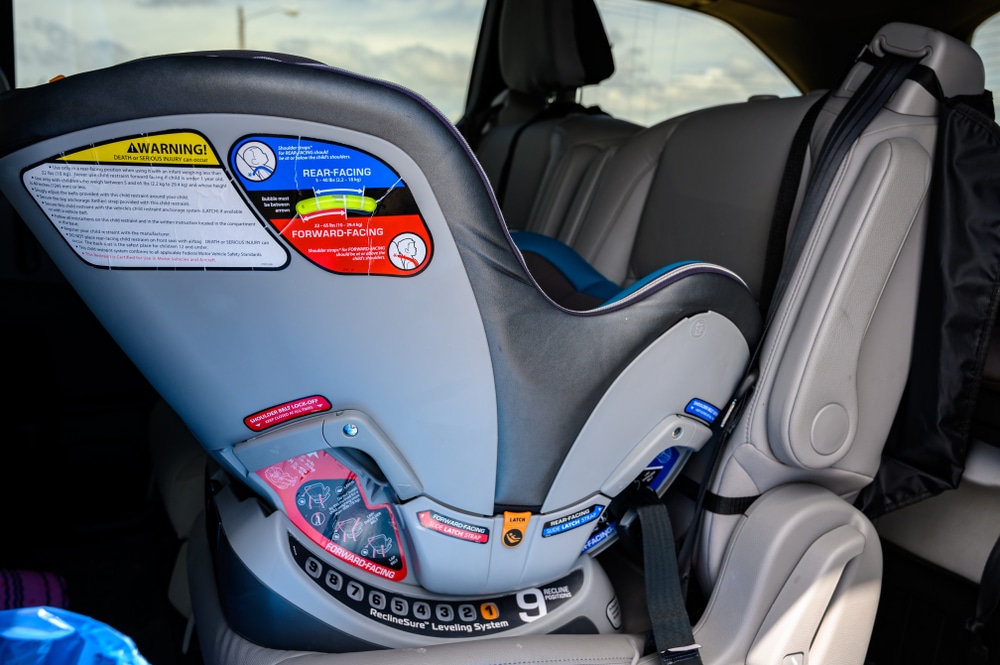
A rear-facing only car seat is designed to accommodate newborns and infants. They attach to a base that is semi-permanently affixed to the back seat of the vehicle. As the name suggests, the child is positioned facing the rear of the car.
Many of these seats also double as carriers or can be attached to a stroller. A child will typically outgrow a rear-facing only seat after age one or so.
Convertible Car Seats
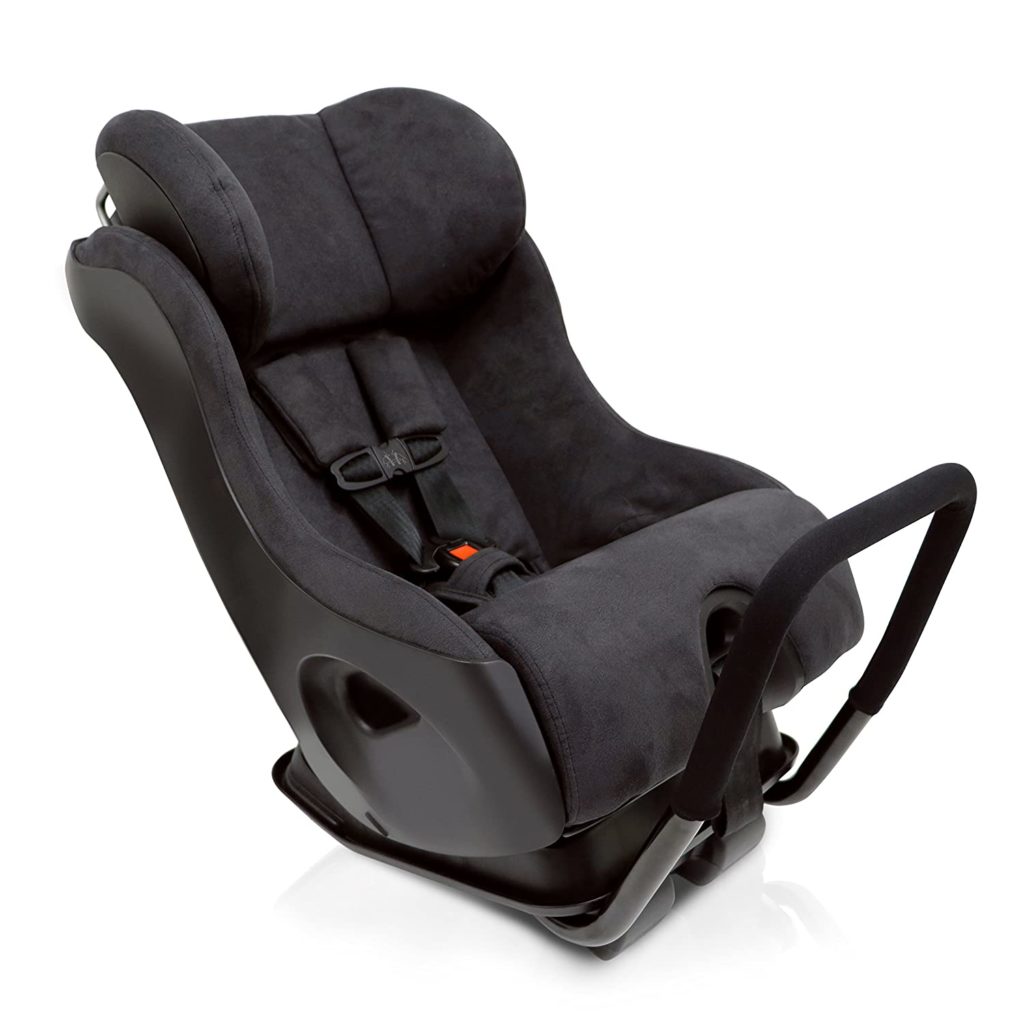
Convertible seats can be positioned as either front or rear-facing. This is a more versatile solution as it can adjust as the child grows. They are usually bigger than a rear-facing only car seat, so smaller infants may not fit as securely in a convertible.
All-in-one Car Seats
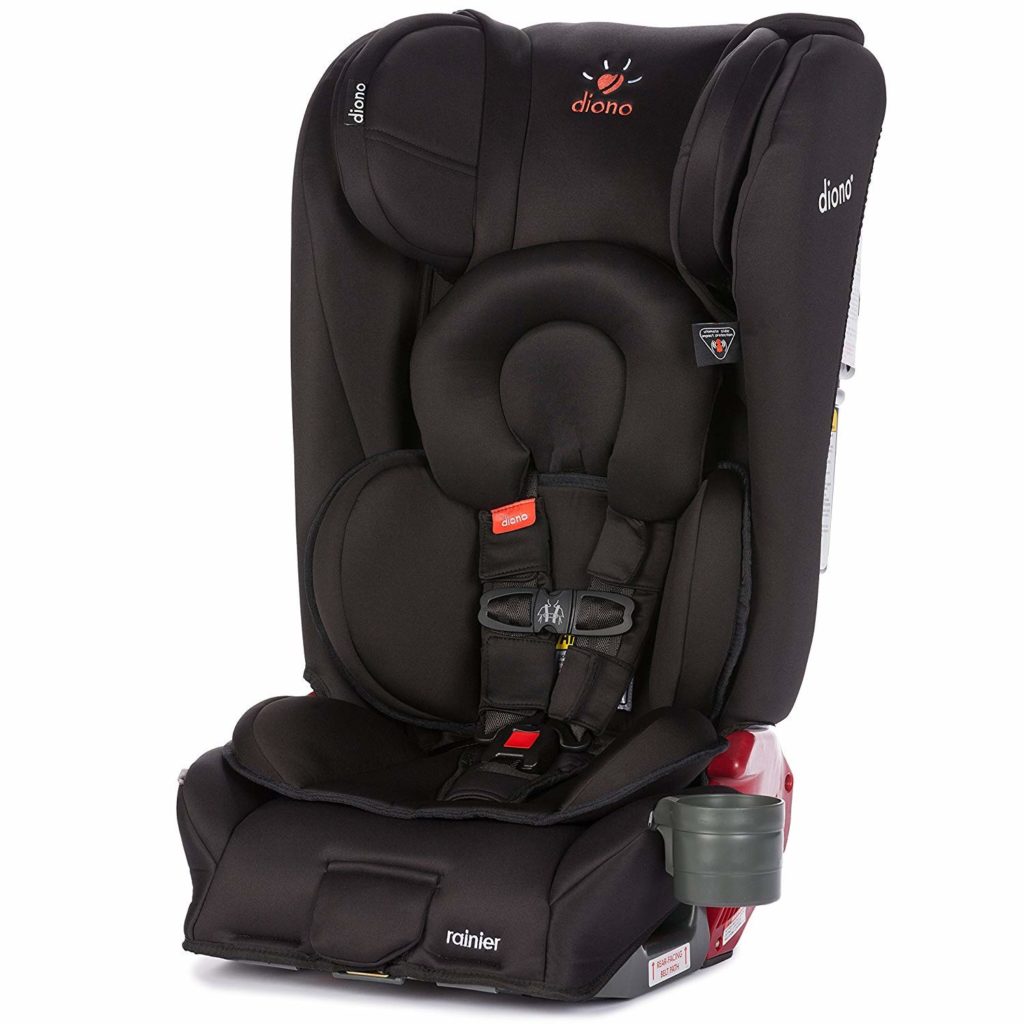
All-in-one seats can transition from rear-facing to front-facing to a booster seat as is appropriate. They may be larger and less suitable for many infants, but ultimately they will be useful for longer as the child develops.
Booster Seats
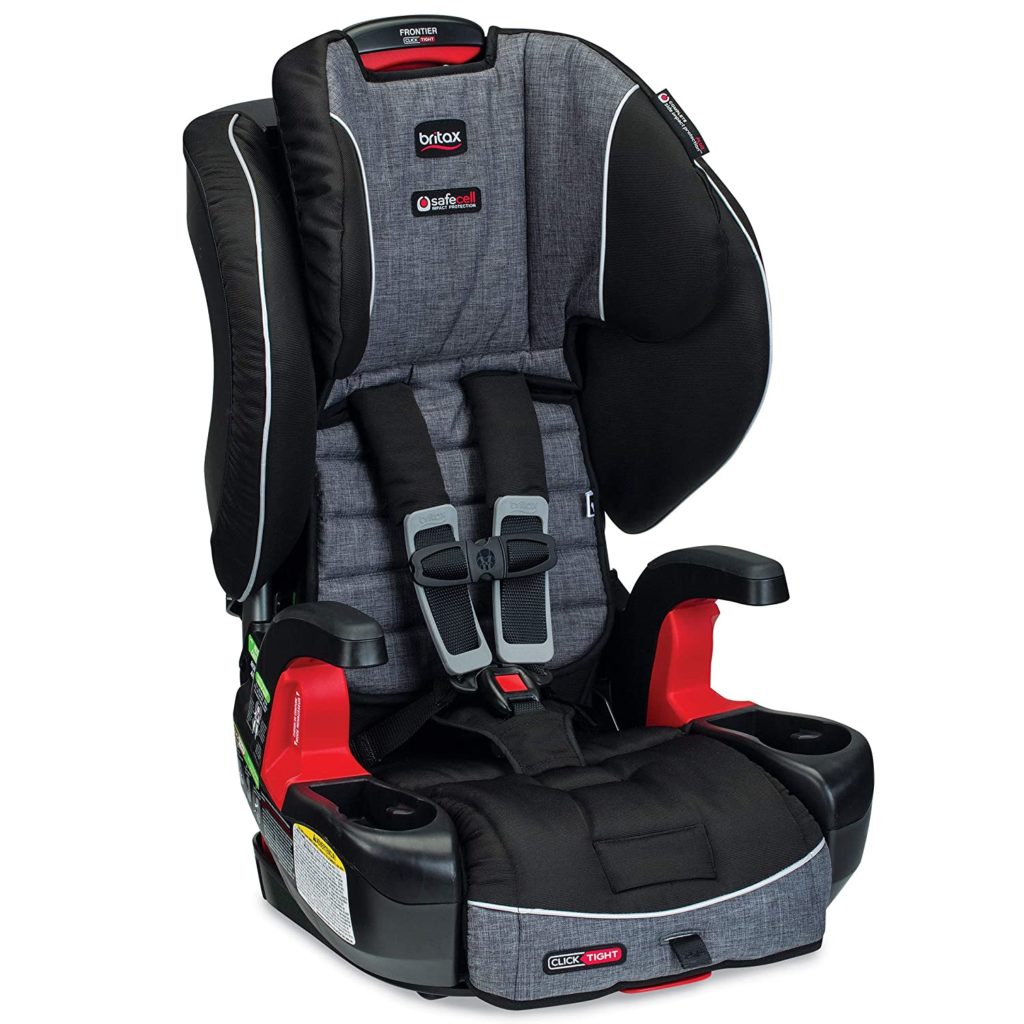
Colorado booster seat laws apply to children who have outgrown a car seat and are between four and eight years old. Their purpose is to prop the child up so that the car’s safety belt fits securely.
Some booster seats are high-backed which pads the space between the child and the seatback. These are snugger and provide a cushion for the head. A backless booster seat simply raises the child so that the seat belt fits properly and comfortably.
Safety Belts
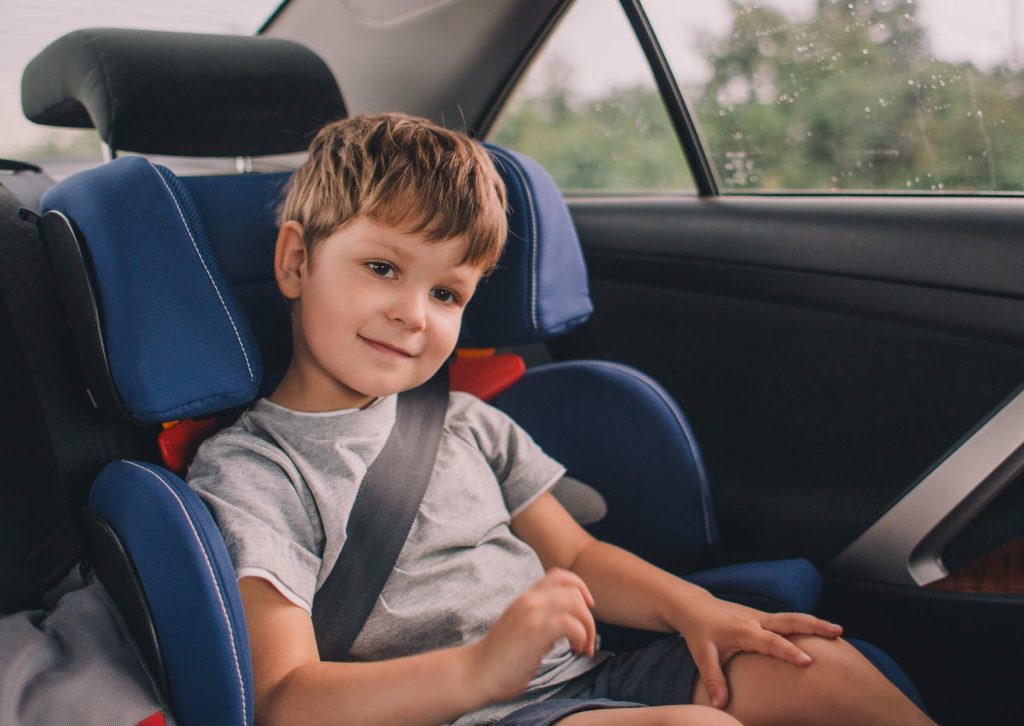
Referring to the seat belt built into the vehicle, all children ages eight to fifteen and all adults must wear a safety belt while in a moving car.
When worn correctly, a seat belt should fit over the upper thighs and across the chest. It should never go across the stomach or the neck.
Installation
To ensure your car seat is installed correctly, it is necessary to read and understand the manufacturer’s instructions. How you install a restraint system depends on the type or brand of the car seat, the model of your car, and the height, weight, and age of your child.
Colorado drivers can consult a certified expert to resolve any uncertainties regarding installing their child restraint system. Additionally, car seat inspection stations are available statewide.
Summary
Car seat laws in Colorado are put in place solely to protect children in the event of a collision. Adherence to these laws has proven effective in reducing motor vehicle-related death or injury to children. Drivers must be vigilant but can rest easy knowing that the means to keep their child passengers safe while on the road are available.





